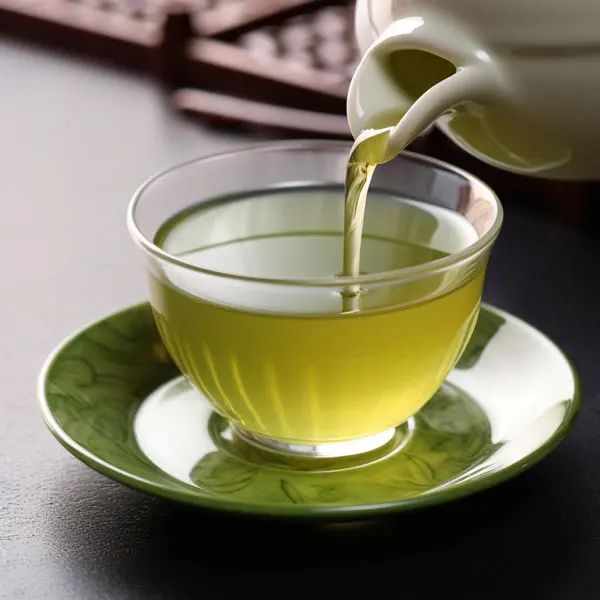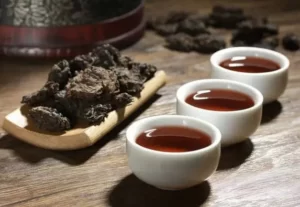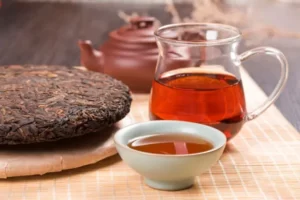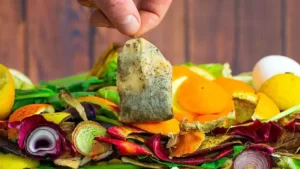When it comes to making milk tea, should you add the milk or tea first? You might think it makes no difference since they both eventually mix together. However, for aficionados of refined afternoon tea, this is a major point of contention that dates back to 19th-century England and remains unresolved to this day.
We refer to those who add milk first as “MIF” (Milk In First) and those who add milk after as “MIA” (Milk In After).

The Origin of MIF and MIA Debate
The initial divergence originated from the tea sets used to prepare milk tea. In those times, the tea sets used by commoners in England were of poor quality and would easily break when exposed to boiling water. Additionally, tea leaves were more expensive than milk. As a result, adding room-temperature milk before pouring the tea as an ingredient served a dual purpose: it protected the teacup and allowed better control over the amount of tea used.
In contrast, the aristocrats of British high society were already using bone china as their tea sets. The more exquisite the bone china, the higher its quality, and the less likely it was to crack when filled with hot water. Pouring the hot tea first became a way to showcase their status, and almost all nobles adopted this method as a symbol of their identity. Gradually, MIF became popular in society.
However, determining which method was more authentic between the commoners and the upper class in their dining practices was difficult. Eventually, people looked for a breakthrough in terms of taste.
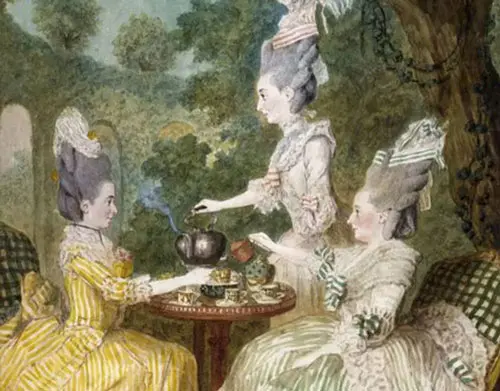
The Lady Tasting Tea Test
In 1920, the famous statistician Ronald Fisher conducted a blind taste test known as “the lady tasting tea test.” A group of English gentlemen and elegantly dressed ladies were gathered around an outdoor dining table, engaged in conversation.
One gentleman with a beard and thick glasses handed a cup of prepared milk tea to a lady beside him. Unexpectedly, the lady refused the tea, explaining to the man that she only drank milk tea made by pouring milk first and then adding tea. According to her, the taste of the milk tea differed significantly depending on whether the milk or tea was added first.
Although skeptical, the gentleman prepared eight cups of milk tea for the lady, with four having milk added first and then tea, and the other four with tea added first and then milk. He mixed them up and offered them to the lady for identification.
The lady with an extraordinary sense of taste accurately distinguished all eight cups of tea!
The results of the experiment showed that there was indeed a discernible difference between the two methods. Unfortunately, it didn’t mention which one tasted better.

Scientific Verification
Undeterred, British scientists continued their experiments, and finally the superiority of “Adding Milk First” was scientifically supported.
In 2006, the Royal Society of Chemistry in the UK officially announced that the authentic way to make British milk tea was to add the milk first and then the tea!
The reason behind this lies in the fact that milk tea tastes delightful because milk contains proteins that counteract the bitterness of black tea. Preserving the integrity of the proteins in the milk is crucial in making milk tea. The proteins in milk denature at temperatures around 75 degrees Celsius. Pouring hot tea into cold milk is better than pouring milk into boiling hot tea.
When milk is added to hot tea, the small amount of milk gets surrounded by the hot tea, causing the proteins to denature and create an undesirable milk-curdling smell. On the contrary, when hot tea is poured into cold milk, the larger quantity of milk and gentle stirring prevent the rapid rise in temperature, reducing the risk of denaturing the milk proteins.
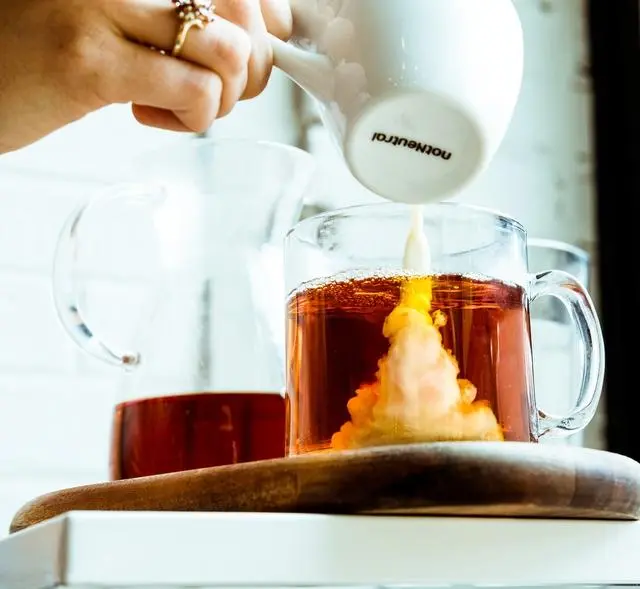
Milk First, Tea Later: Does It Truly Affect the Taste?
It’s not really possible to say which is better, MIF or MIA, but there are 2 MIF ways in the world that are very famous for milk tea. Seems like they are more popular.
British Milk Tea:
Preheat the teapot and teacups with hot water, then add tea leaves and boiled mineral water to the teapot, steeping for 3 minutes.
Simultaneously, heat the milk gently until warm and pour it into the teacups.
Next, pour the tea slowly into the milk, straining the tea leaves, and stir to mix thoroughly.
British milk tea offers a stronger and sweeter milk flavor because the milk proteins remain undamaged, effectively neutralizing the bitterness of the tea leaves.
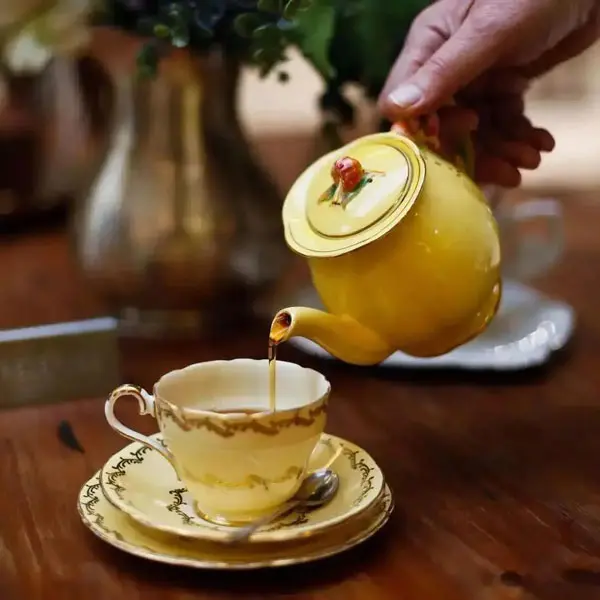
Hong Kong Milk Tea:
The preparation technique of Hong Kong milk tea is included in the first list of Intangible Cultural Heritage of Hong Kong, thanks to its unique raw materials and brewing methods.
Hong Kong Milk Tea Making Process:
Boil water until it reaches a rolling boil, then pour it into a bag containing different tea leaves.
Place the tea bag in the teapot, add boiling water, and let it steep for about 6 minutes on an electric stove.
“Pulling” the tea, pour the tea water through the tea bag into another teapot, repeating this process four times.
After pulling the tea, reheat the tea on the electric stove slightly.
Before serving, pour evaporated milk into the teacups, then add the hot tea.
It turns out that Hong Kong milk tea was also traditionally made by adding the evaporated milk first and then pouring in the black tea, resulting in a creamy and smooth finished product. I wonder if this is related to the recommendation from the Royal Society of Chemistry?
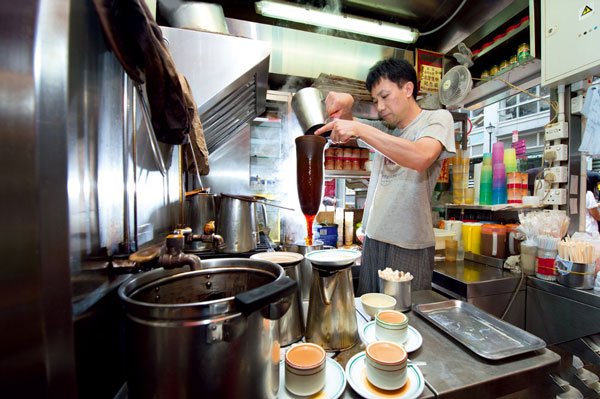
Conclusion
Of course, whether adding milk first or tea first yields a more enjoyable taste depends on personal preference, and there is no definitive conclusion. I enjoy traditional British milk tea as much as modern bubble tea. As modern milk teas are often served iced, the order doesn’t matter much. Which taste do you prefer? Why not try DIY at home and see for yourself?
